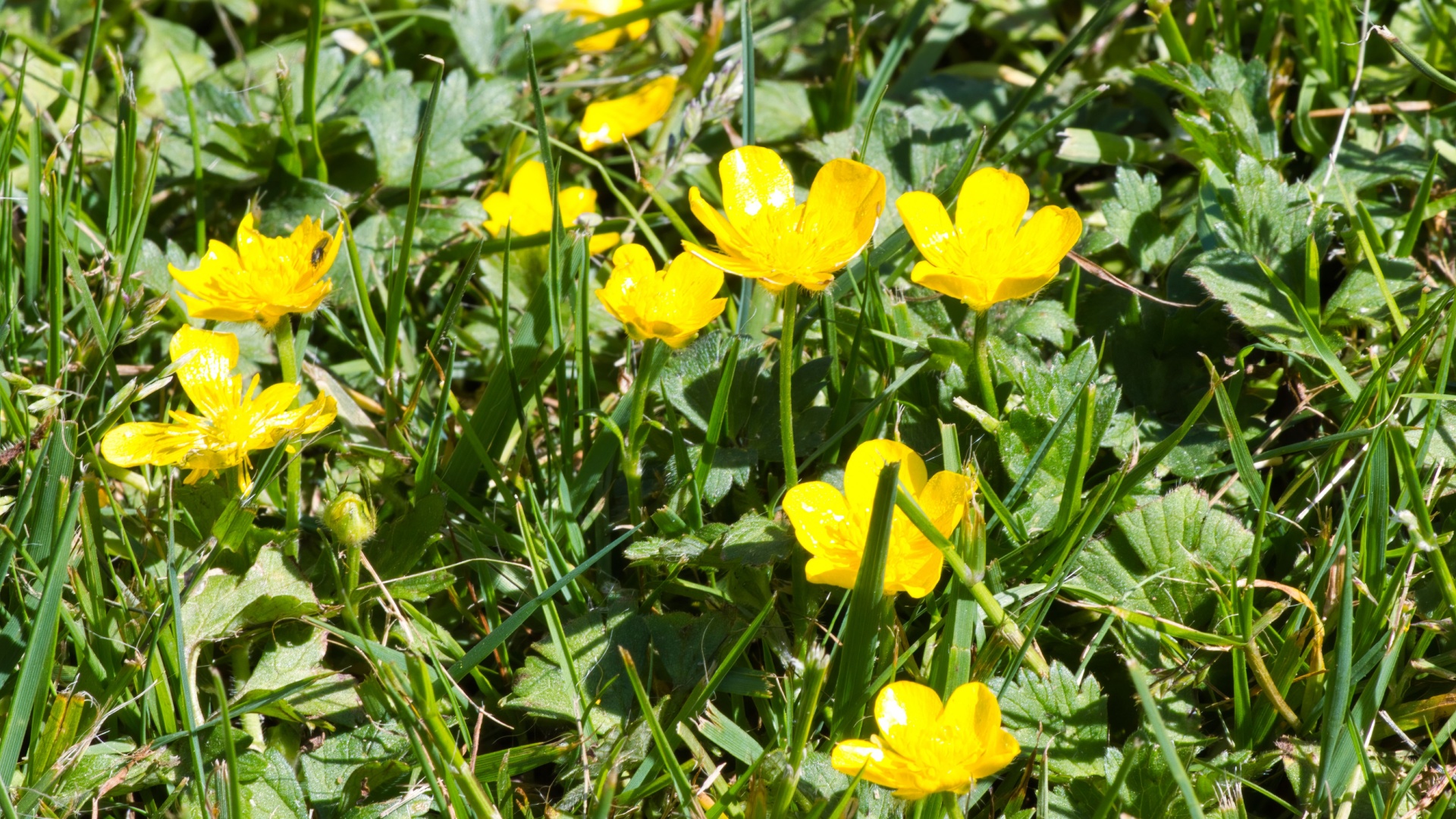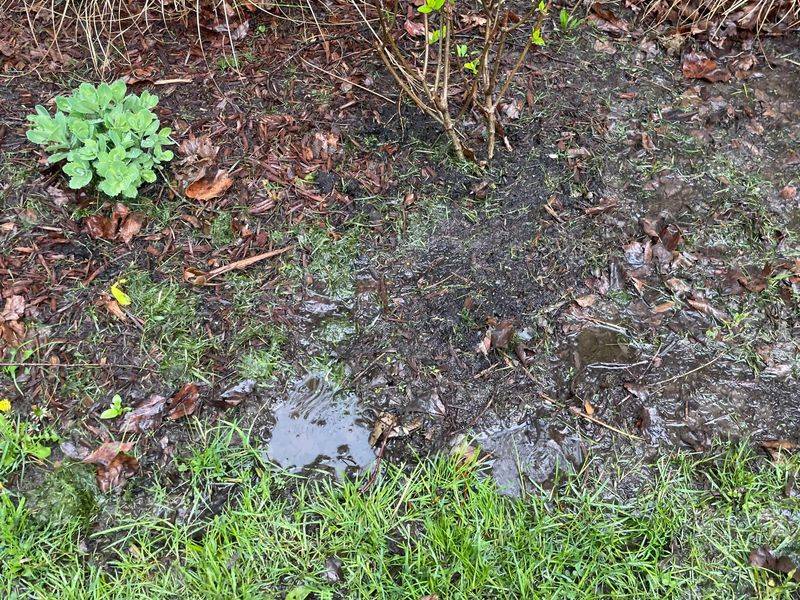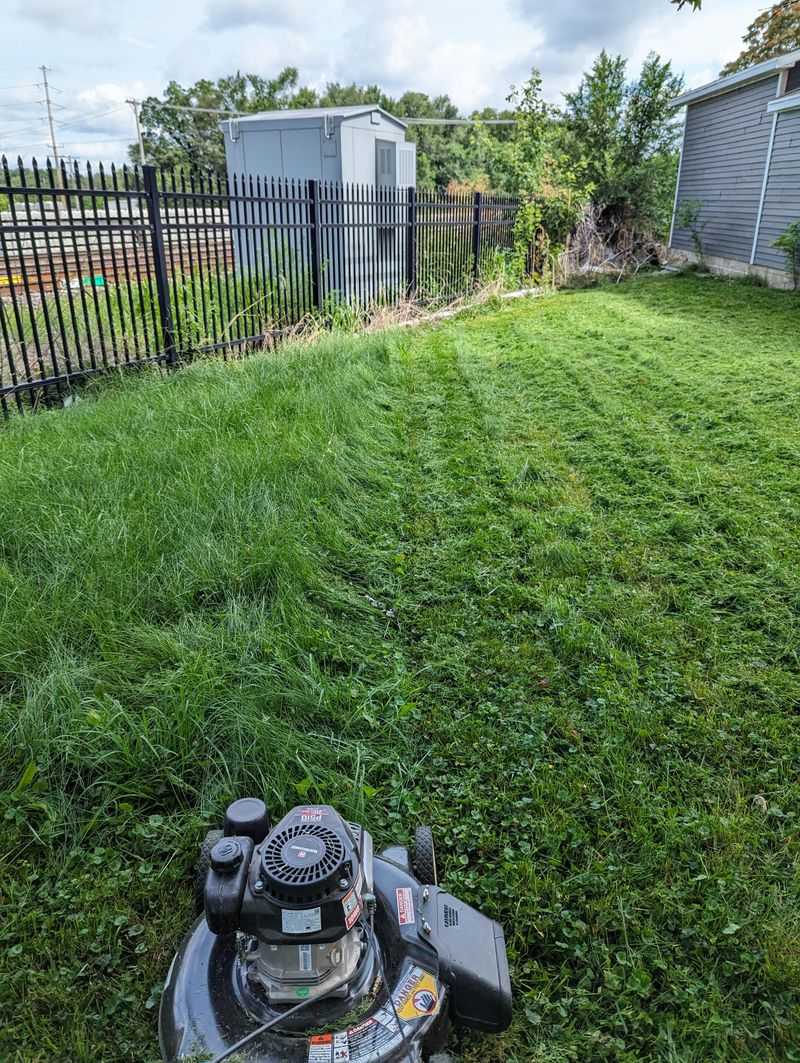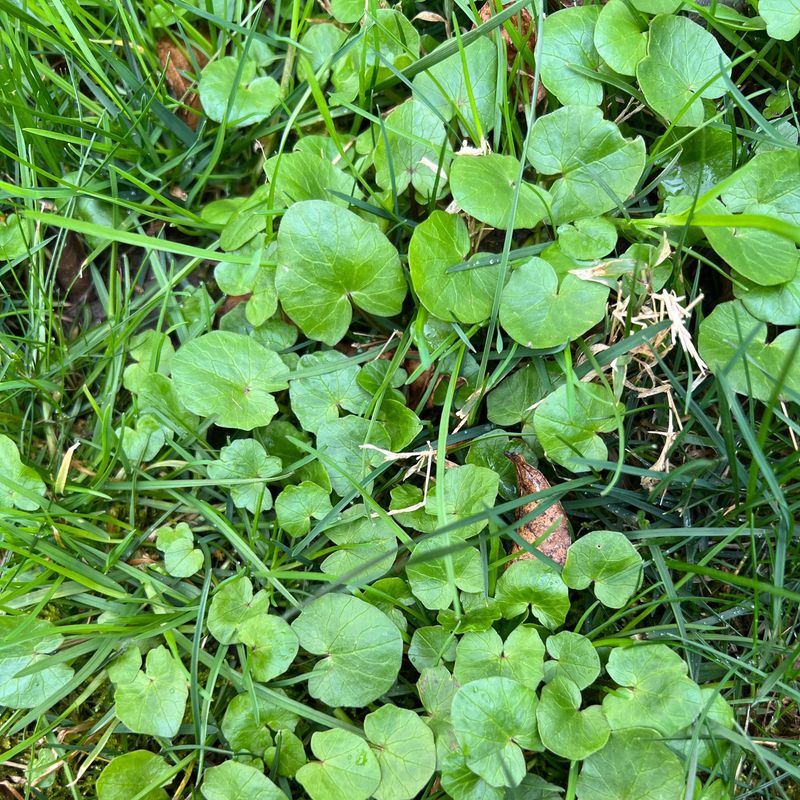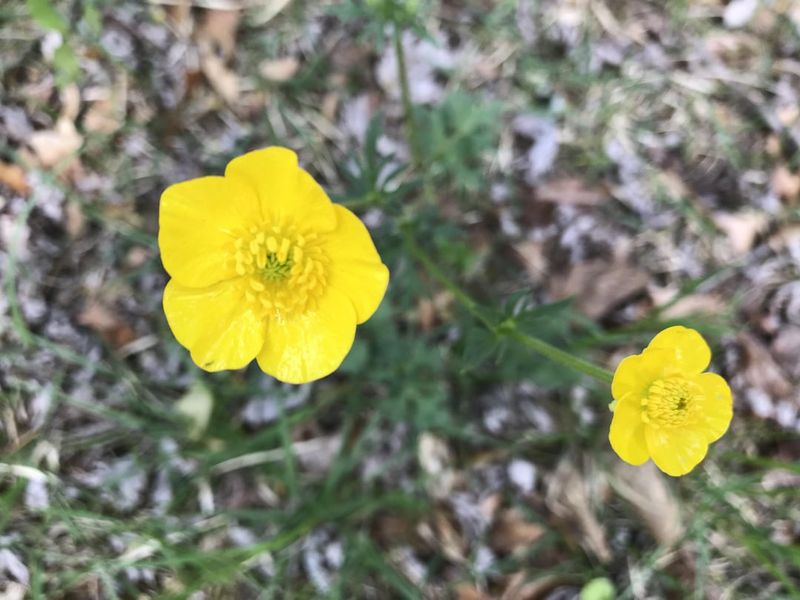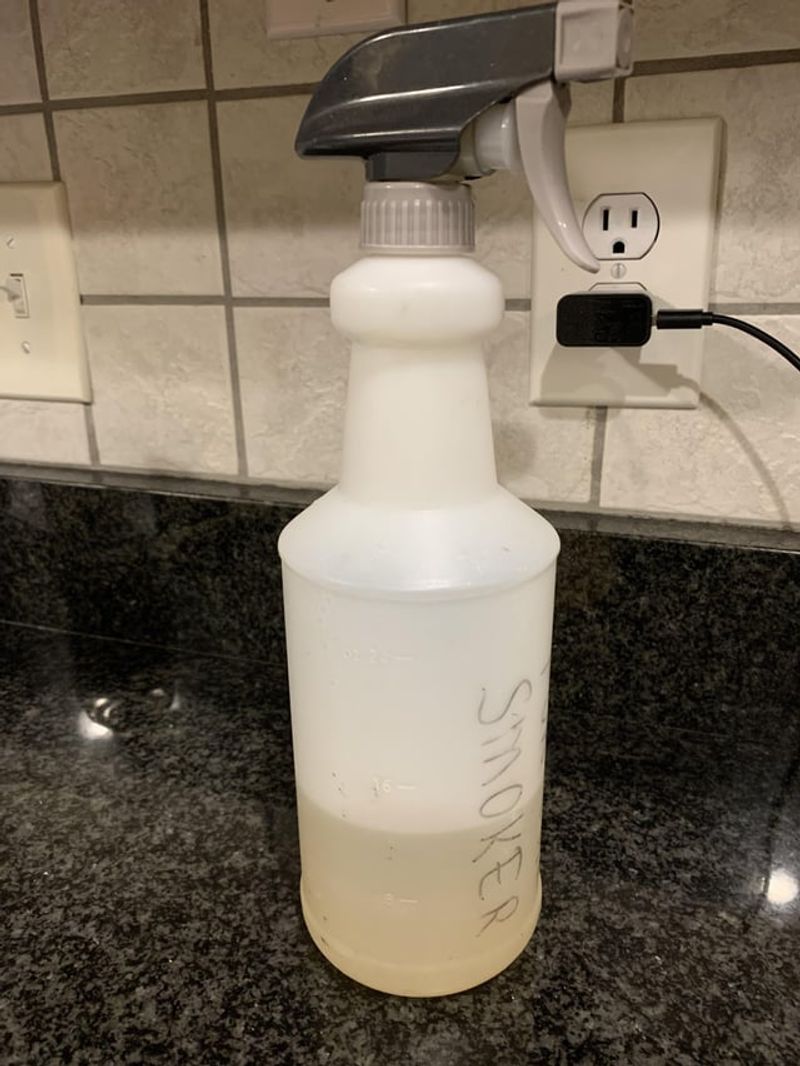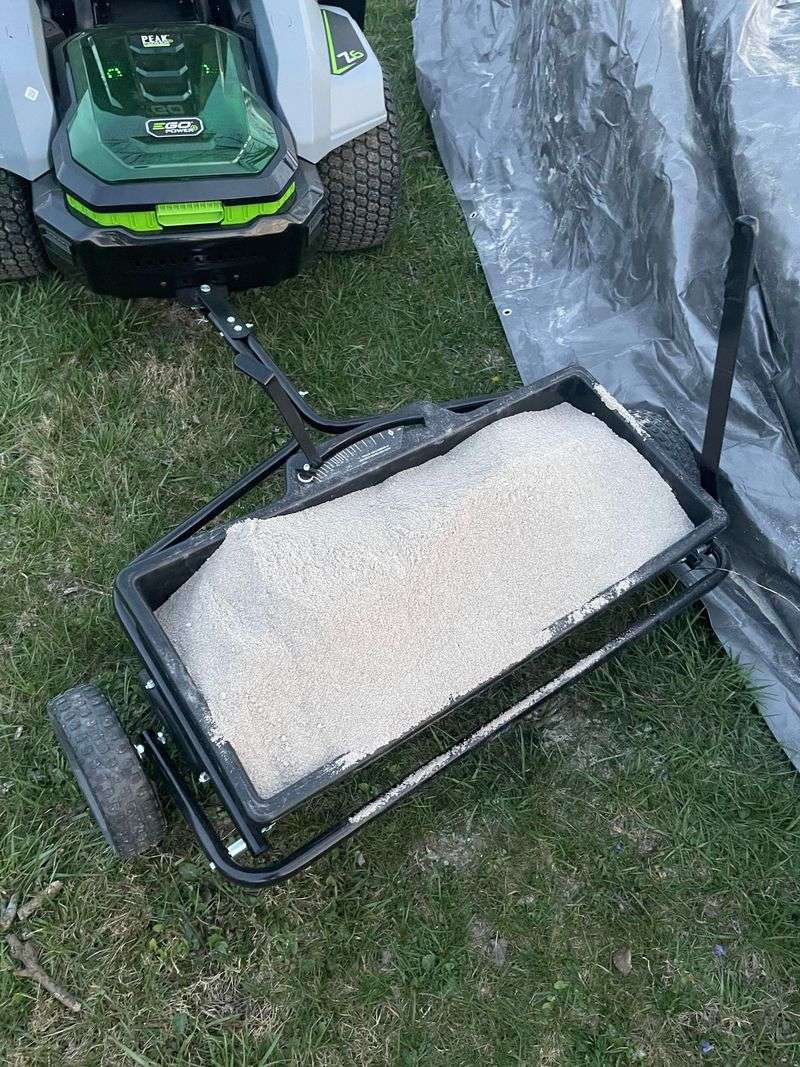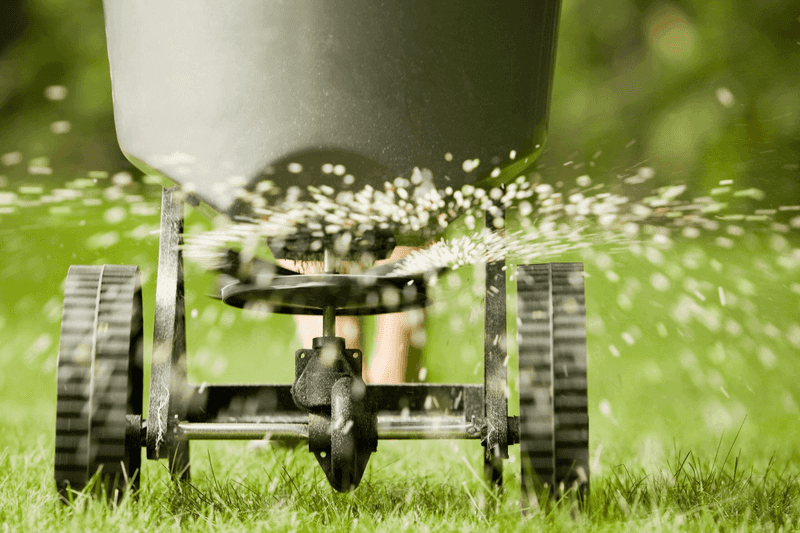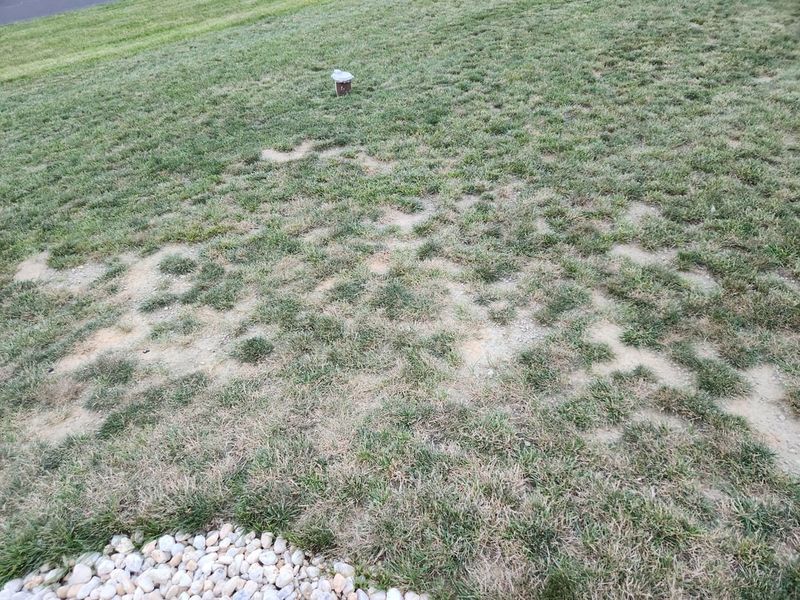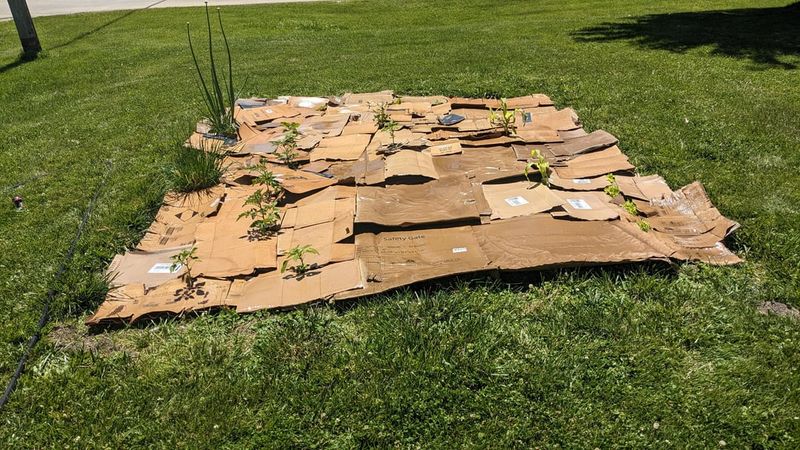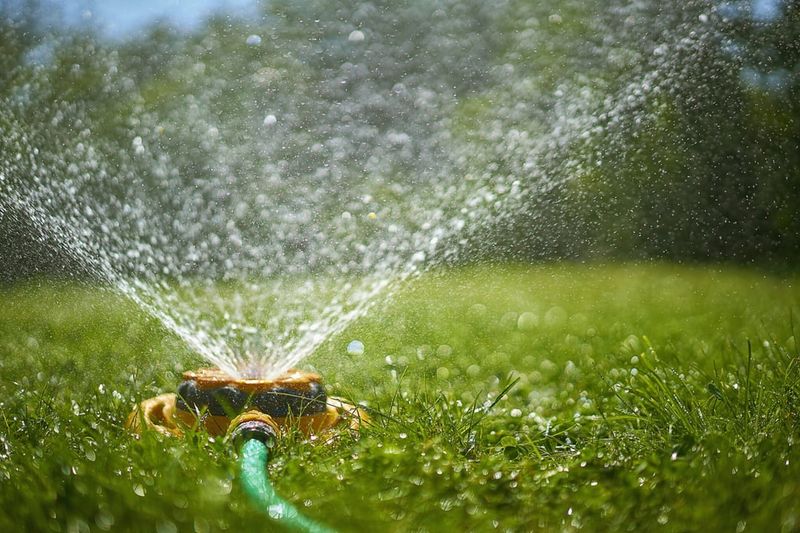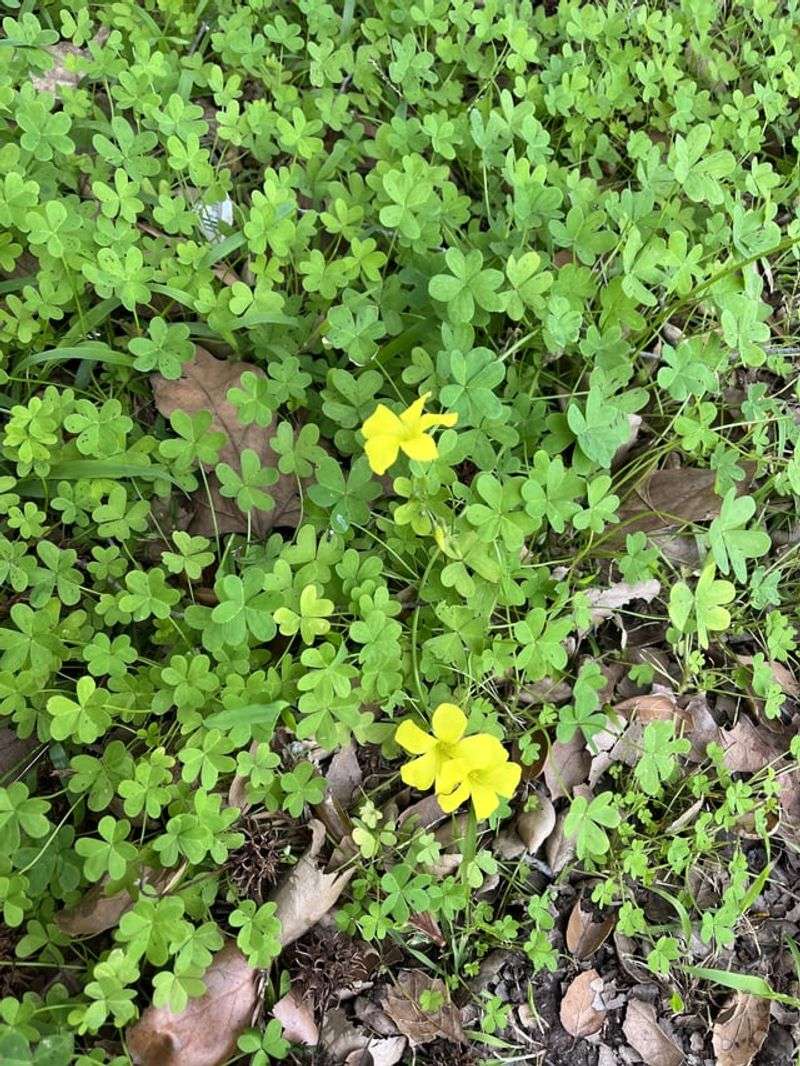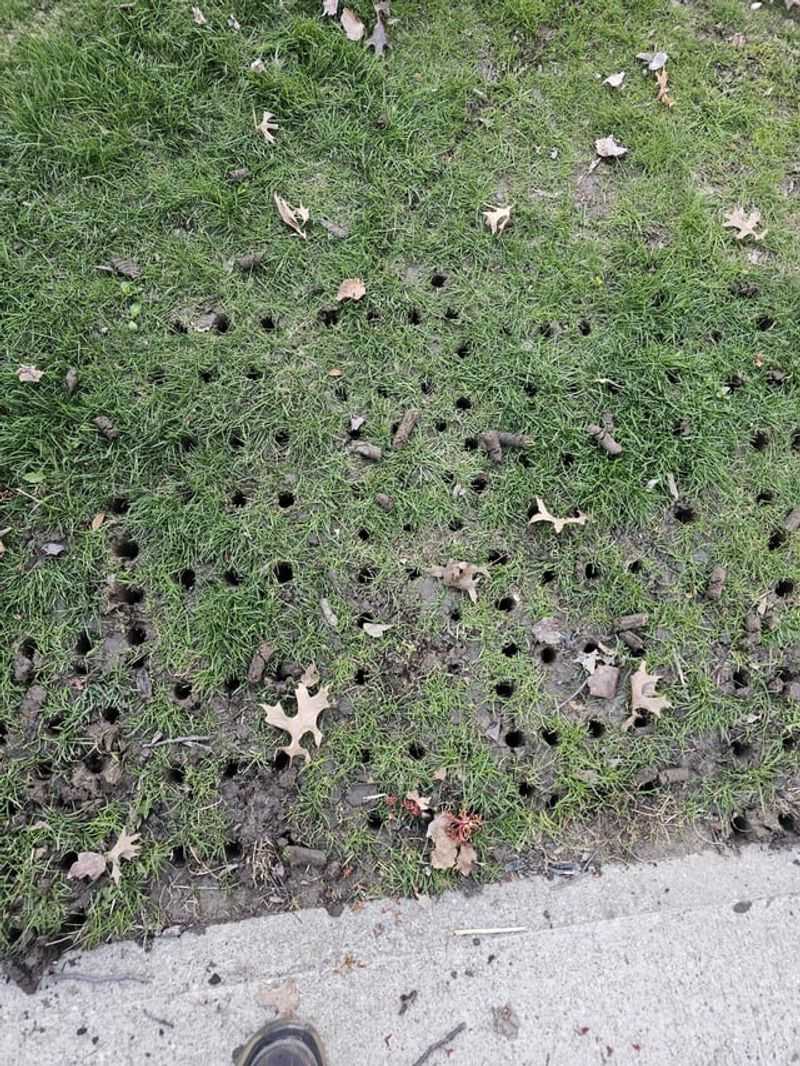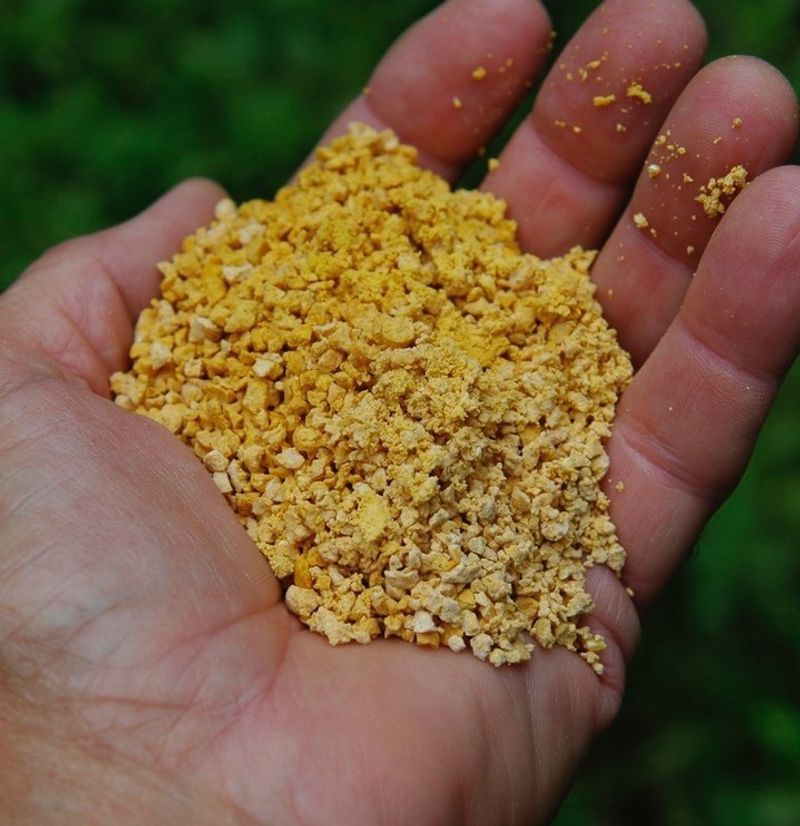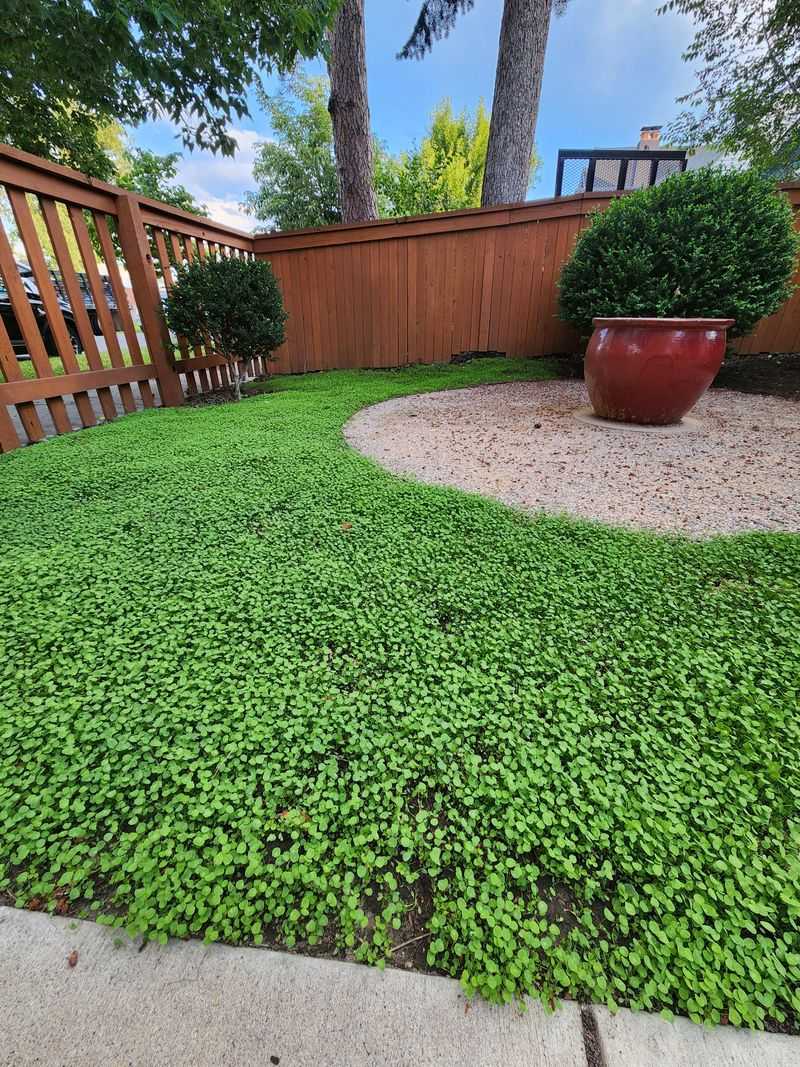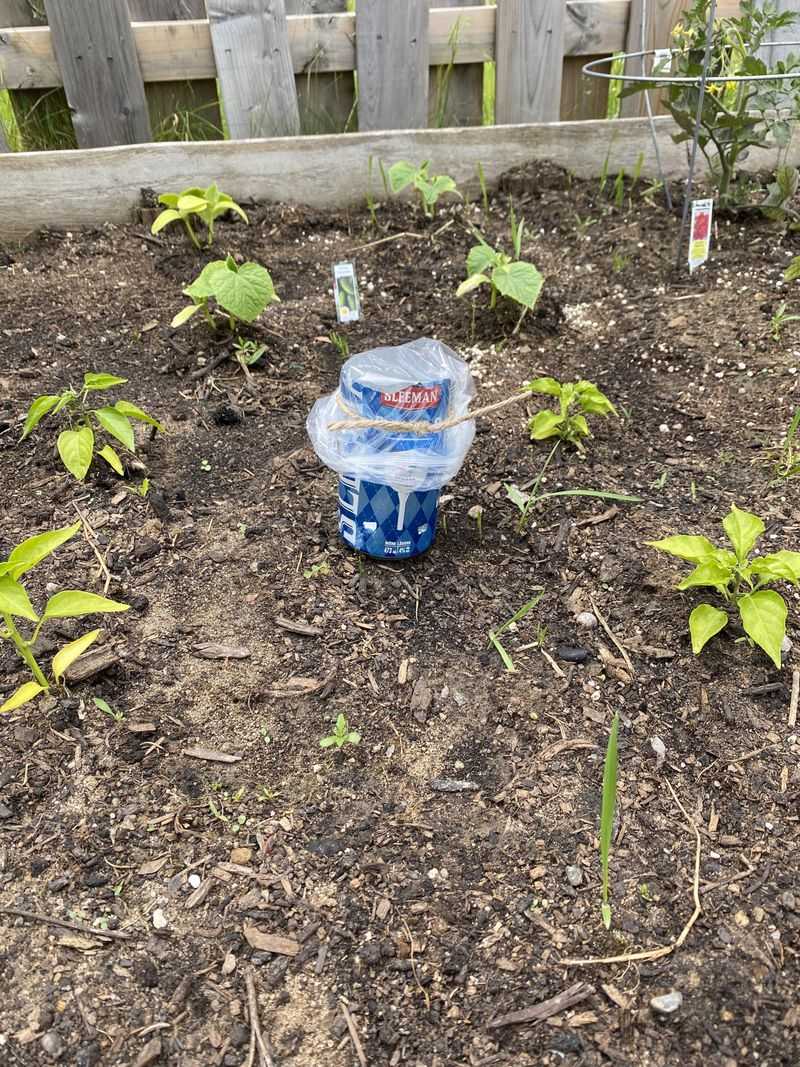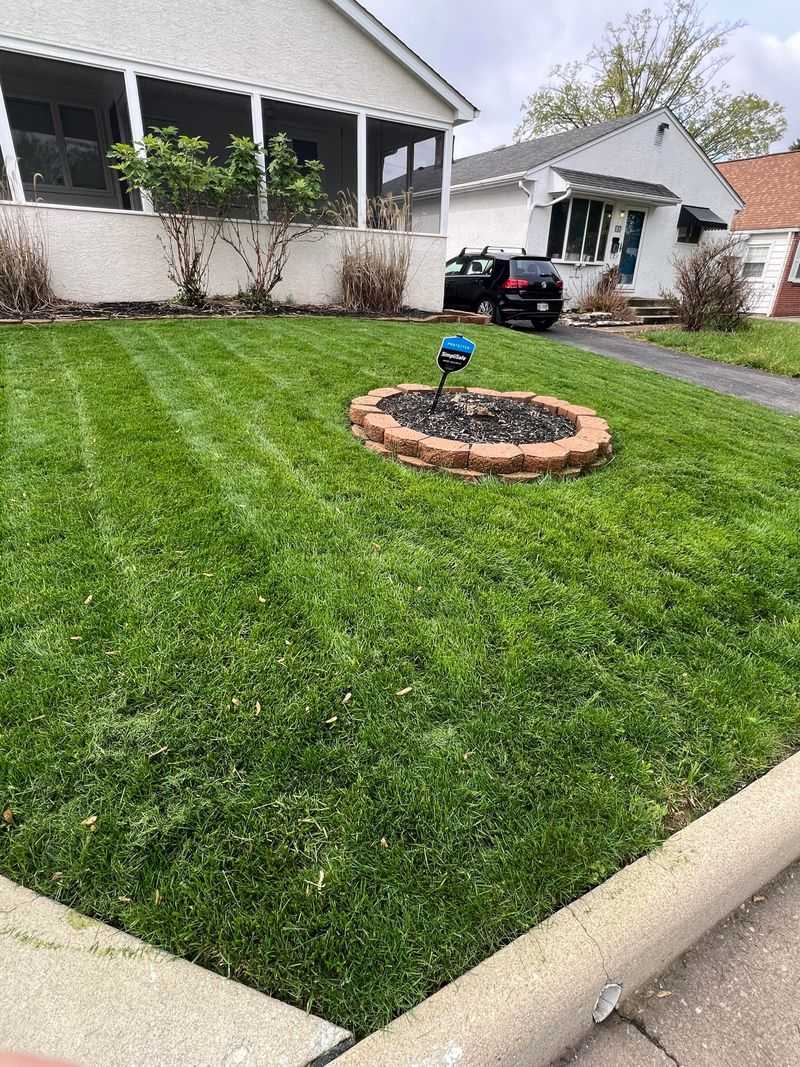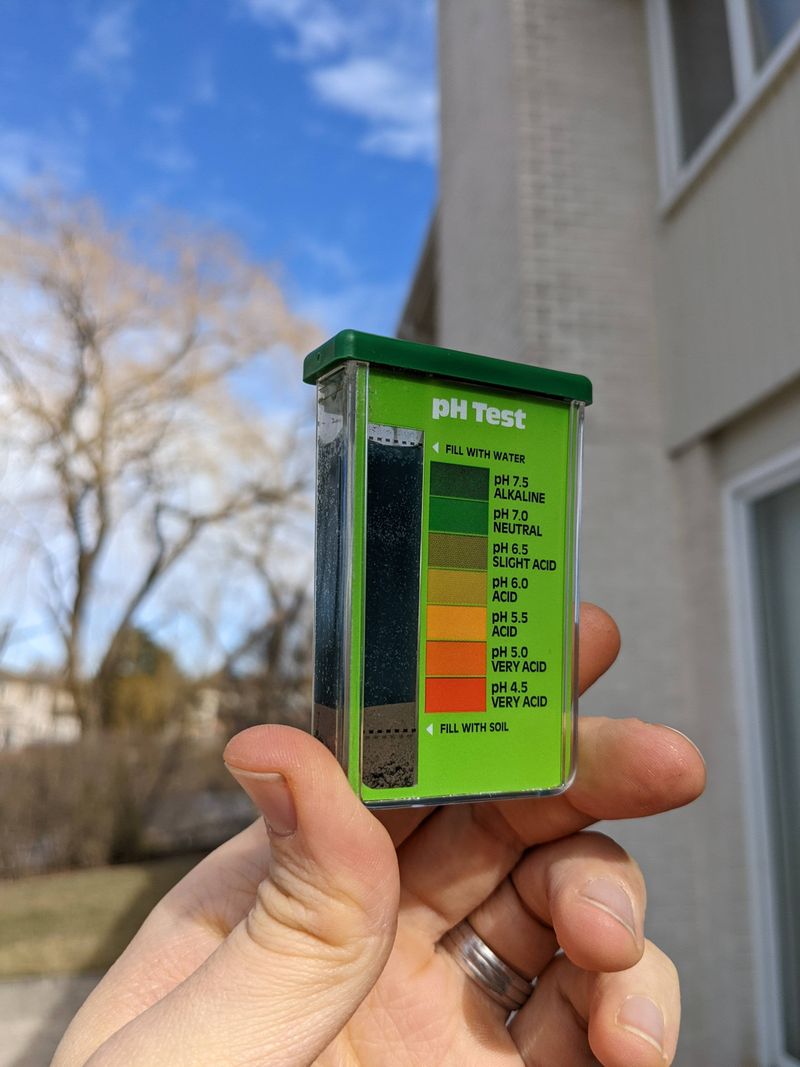Buttercups may look cute, but they’re sneaky invaders that can take over your lawn in no time. Once they settle in, they choke out grass and thrive where your turf struggles.
Don’t let them win—these 18 smart strategies will help you take back your lawn and keep it buttercup-free for good.
1. Improve Soil Drainage
Buttercups love wet, poorly drained soil. Creating better drainage in your lawn makes the environment less friendly for these pesky weeds. Consider adding sand to heavy clay soils or installing drainage systems in particularly wet areas.
For smaller wet spots, aerating the soil with a garden fork helps water move through more easily. Remember that fixing drainage issues benefits your grass too, giving it a better chance to outcompete the buttercups naturally.
2. Regular Mowing Habits
Setting your mower blade higher helps your grass grow stronger while weakening buttercups. Mow regularly but not too short – about 3 inches is ideal for most lawn grasses. This height allows grass to develop deeper roots and shade out buttercup seedlings.
A good mowing schedule interrupts the buttercup’s flowering cycle too. By cutting off flower heads before they produce seeds, you’ll slowly reduce their spread throughout your yard.
3. Hand Pulling Technique
Grabbing those buttercups and pulling them out by hand works great for small areas. Wait until after rain when the soil is soft, making it easier to remove the entire root system. Grasp the plant at its base, close to the soil, and pull gently but firmly.
Make sure you get all the roots and runners, as any pieces left behind will regrow. Dispose of pulled plants in the trash rather than compost to prevent them from reestablishing elsewhere in your yard.
4. Selective Herbicide Application
Products containing 2,4-D or MCPA target broadleaf weeds like buttercups while leaving your grass unharmed. Spring and fall applications work best when buttercups are actively growing but not yet flowering. Always read and follow the label instructions carefully.
Spot treatment works well for isolated patches. For larger infestations, you might need a broadcast application. Avoid spraying on windy days to prevent drift onto other plants you want to keep.
5. Vinegar Solution Spray
For a natural approach, household vinegar mixed with a little salt and dish soap can burn buttercup foliage. Mix one gallon of white vinegar with one cup of table salt and a tablespoon of dish soap. Apply directly to buttercups using a spray bottle on a sunny day.
This mixture works best on young plants and may require several applications. Be careful though – this solution will harm any plant it touches, including your grass, so precise application is key.
6. Lime Application
Buttercups thrive in acidic soil conditions. Adding lime to your lawn raises the pH level, making the environment less favorable for these weeds. A soil test can tell you exactly how much lime your lawn needs – usually around 50 pounds per 1,000 square feet.
Fall is typically the best time to apply lime. The winter precipitation helps it work into the soil gradually. Results aren’t immediate, but over time, this approach helps discourage buttercup growth while improving conditions for your grass.
7. Proper Fertilization Schedule
Healthy grass competes better against buttercups. Establish a regular fertilization schedule with a nitrogen-rich lawn fertilizer, applied in spring and fall. Well-fed grass grows thicker and stronger, naturally crowding out weeds.
Avoid over-fertilizing, which can actually benefit weeds more than grass. Slow-release formulas work best as they provide steady nutrition. Consider using organic options like compost tea for a natural approach that improves soil health alongside feeding your lawn.
8. Overseed Thin Areas
Bare or thin spots in your lawn are prime real estate for buttercups to move in. Overseeding these areas with grass seed creates competition that prevents weed establishment. Choose grass varieties suited to your climate and the specific conditions in your yard.
Fall is usually the best time to overseed, but spring works too. Keep the newly seeded areas consistently moist until established. The thicker your lawn, the harder it becomes for buttercups to find space to grow.
9. Boiling Water Treatment
Sometimes the simplest solutions work surprisingly well. Pouring boiling water directly onto buttercup plants essentially cooks them, causing immediate damage to both foliage and roots. This method works best for isolated patches rather than widespread infestations.
Be extremely careful with this approach – boiling water will kill any plant it touches, including your grass. Use a kettle with a precise spout to target just the buttercups. Multiple applications may be needed for complete elimination.
10. Smother With Cardboard
For severe buttercup patches, smothering can be effective. Cover the infested area with cardboard or several layers of newspaper, then add a few inches of mulch on top. Leave this covering in place for at least a month to block sunlight and kill the buttercups underneath.
After the buttercups die, remove the covering and reseed the area with grass. This method works best for defined patches rather than scattered plants throughout your lawn, as it will kill everything underneath.
11. Correct Watering Practices
Buttercups love consistently moist conditions. Adjusting your watering routine can make your lawn less hospitable to these weeds. Water deeply but infrequently, allowing the soil to dry somewhat between waterings. Morning is the best time to water, giving the lawn time to dry before evening.
This practice encourages grass roots to grow deeper while creating surface conditions too dry for buttercup seedlings to establish. Your grass will adapt to this schedule and grow stronger.
12. Salt Application
Common table salt can destroy buttercups by disrupting their water balance. Apply a small amount directly to the center of each plant, being careful to avoid your grass. This works best on isolated plants rather than large patches.
Rain will eventually wash the salt into the soil, potentially affecting other plants. Use this method sparingly and as a spot treatment only. One teaspoon per plant is usually sufficient, and application on dry, sunny days yields the best results.
13. Soil Core Aeration
Compacted soil creates perfect conditions for buttercups while making it harder for grass to thrive. Core aeration removes small plugs of soil from your lawn, allowing air, water, and nutrients to penetrate deeper. Rent an aerator from a garden center or hire a lawn service for this task.
Aerate in spring or fall when the soil is moist but not soggy. The resulting holes help break up buttercup root systems while giving your grass roots room to expand. Following up with overseeding maximizes the benefits.
14. Corn Gluten Meal Application
Corn gluten meal works as a natural pre-emergent herbicide that prevents buttercup seeds from sprouting. Apply it in early spring before buttercup seeds germinate, at a rate of about 20 pounds per 1,000 square feet of lawn.
As an added bonus, corn gluten meal contains nitrogen that feeds your established grass. It won’t kill existing buttercup plants, but it helps prevent new ones from starting. Reapply annually as part of your lawn maintenance routine.
15. Clover Overseeding
White clover makes an excellent companion plant for grass and naturally competes with buttercups. Overseed your lawn with clover to create a mixed lawn that’s more resistant to weed invasion. Clover adds nitrogen to the soil, essentially fertilizing your grass naturally.
Spring is the ideal time to add clover to your lawn. Use about 2 ounces of white clover seed per 1,000 square feet. The clover will establish quickly and help crowd out buttercups while creating a lush, green lawn.
16. Baking Soda Treatment
Baking soda creates an alkaline environment that buttercups dislike. Sprinkle dry baking soda directly onto buttercup plants when they’re slightly damp from dew or light watering. The fine powder clings to the leaves and disrupts their growth.
Apply on a calm day to prevent the powder from blowing away. Multiple applications spaced a week apart may be necessary. This method works best for small infestations and has minimal impact on surrounding grass compared to other home remedies.
17. Professional Lawn Service
For severe infestations that resist home treatments, calling in professionals might be your best option. Lawn care companies have access to commercial-grade treatments and equipment that can tackle even the most stubborn buttercup problems.
Professional services typically offer comprehensive approaches combining multiple strategies. They can also provide ongoing maintenance plans to prevent future problems. While this option costs more upfront, it often saves time and frustration for homeowners dealing with extensive buttercup invasions.
18. Maintain Proper pH Balance
Testing your soil regularly helps you maintain the optimal pH for grass growth while making conditions less favorable for buttercups. Most grasses prefer a pH between 6.0 and 7.0, while buttercups thrive in more acidic soil below 6.0.
Home soil test kits are available at garden centers, or you can send samples to your local extension office. Based on results, you can apply lime to raise pH or sulfur to lower it. Keeping your soil in the sweet spot for grass gives you a natural advantage against buttercups.

